In 2024 more than five million litres of wine were sold in the Balearic Islands, worth over €43 million, with Germany as the main export market (63%), followed by Switzerland (11%) and Denmark (6%). Exports to non-EU countries rose by 17.5% in a single year, with particular growth in Scandinavian markets. However, in the Balearics 77% of production is consumed within the islands, mainly through the restaurant sector and by visiting tourists.
Quality over Quantity
Today, the sector’s drive for quality is reflected by the fact that the area dedicated to quality wines grew by 2.8% between 2023 and 2024 in the region, with Mallorca as the driving force, while production fell by 22%. Beyond climate factors, this reduction in production mainly reflects the decision of many wineries to prioritise excellence over quantity.
Vines steeped in history
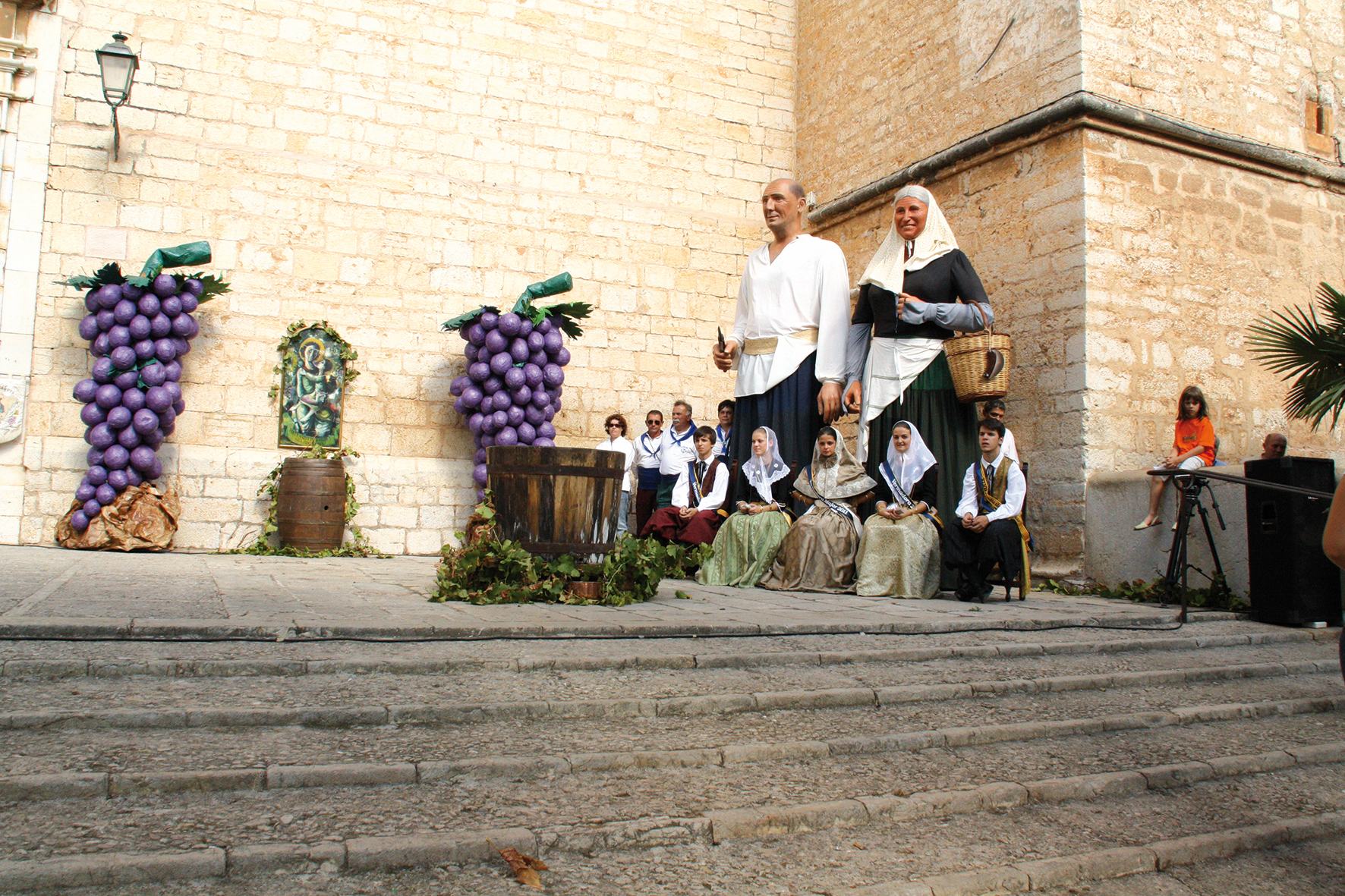
The history of winemaking in Mallorca dates back to 1711 in the centre of the island where the Ribas bodega in Consell was founded and remains Mallorca’s oldest active winery. It is followed by the Macià Batle bodega in Santa Maria (1856), Miquel Oliver in Petra (1912), José L. Ferrer (1931), and Vins Nadal (1932) – both located in Binissalem. All of these “founding bodegas” represent the continuity between heritage and modernity.Mallorca’s winemaking has increased in importance over the past 15 years and bodegas have become a key feature of rural tourism offering a unique flavour of the island with tastings accompanied by local produce, cultural activities, and local fiestas such as the Festa del Vi Novell in Santa Maria at the end of November and the spring Fira del Vi in Pollenca.
Mallorca’s wines with character
The island’s character and Mediterranean climate shape the vine’s cycle. The Sierra Tramuntana provides freshness and thermal contrast, while Es Pla produces warmer wines. However, what truly gives Mallorcan wine its personality are its native grape varieties: Manto Negro and Callet for reds, or Prensal Blanc (Moll) and Giró Ros for whites, among many other grapes found only on the island.
Wine regions
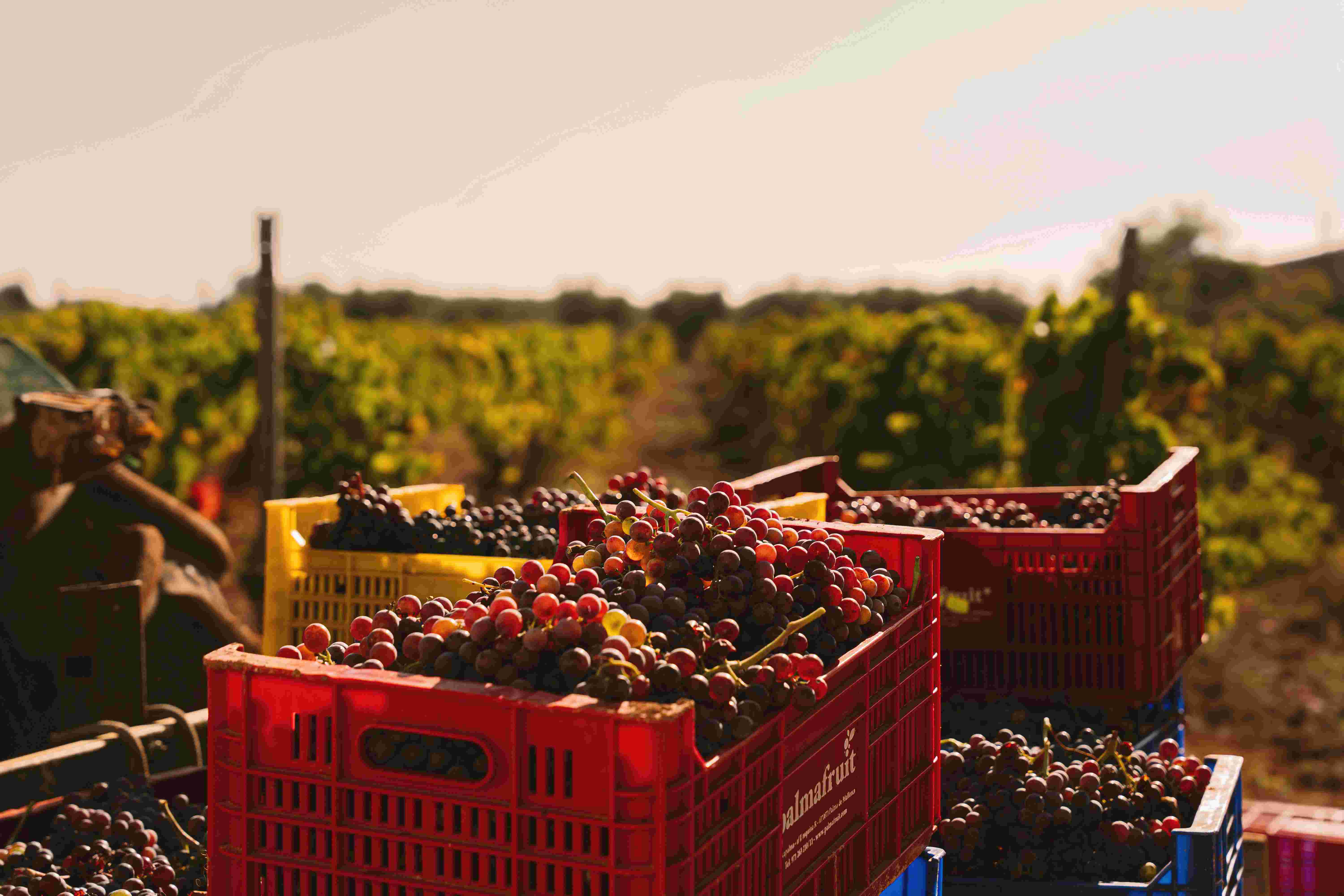
Mallorca has two Denominations of Origin and two geographical Indications that create a diverse map. DO Binissalem is the historical core of winemaking, while DO Pla i Llevant stretches from Manacor to Petra with a wide variety of styles. The IGP Vi de la Terra Mallorca is today the largest on the island, with more than 80 wineries and around 1,900 hectares of vineyards. The IGP Vi de la Terra Serra de Tramuntana–Costa Nord stands out for its Malvasía terraces overlooking the sea and wineries scattered across Mallorca’s mountain range.
Sleep beside the vineyards
Wine tradition and hospitality go hand in hand in Mallorca, with some of the island’s most emblematic hotels producing their own wines.
Finca Serena (Montuïri)
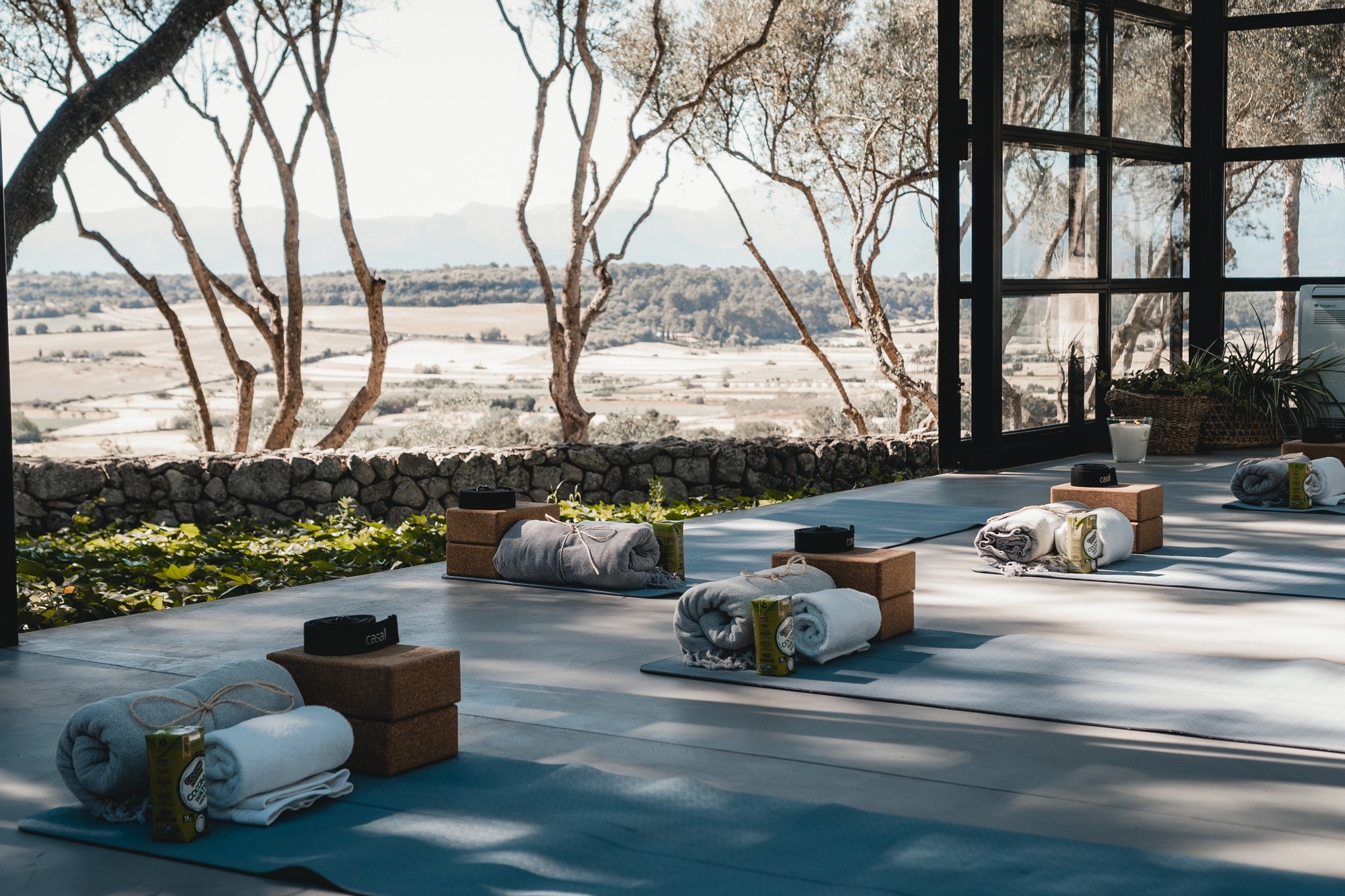
Finca Serena has its own 10-hectare vineyard where native varieties such as Prensal Blanc, Callet, Giró Ros, and Monastrell are cultivated. Production, registered under IGP Vi de la Terra Mallorca, combines organic viticulture with in-house production of white, rosé, and a future red.
Agroturismo Rondaia (Esporles)
This family-run rural hotel in Esporles with its own vineyard, producing white wine for in-house use. The family offers various tasting experiences among the vines, paired with Mallorcan products or a traditional picnic anywhere on the estate.
Gran Hotel Son Net (Puigpunyent)
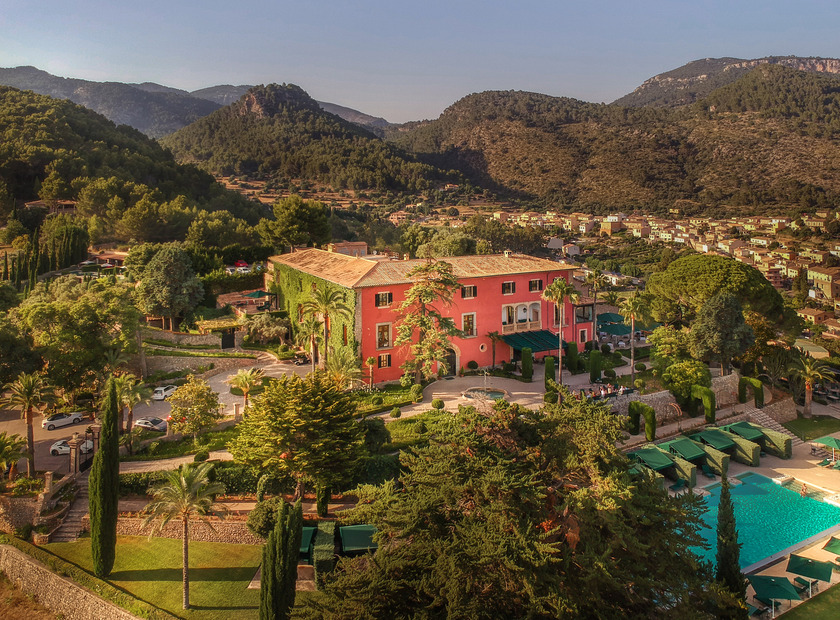
Since around 2006, the hotel has maintained a private vineyard of nearly one hectare and since 2007 it has produced and bottled its own wine, served within the hotel’s restaurants and bars. For guests, the experience includes guided vineyard tours and tastings
Son Brull (Pollença)
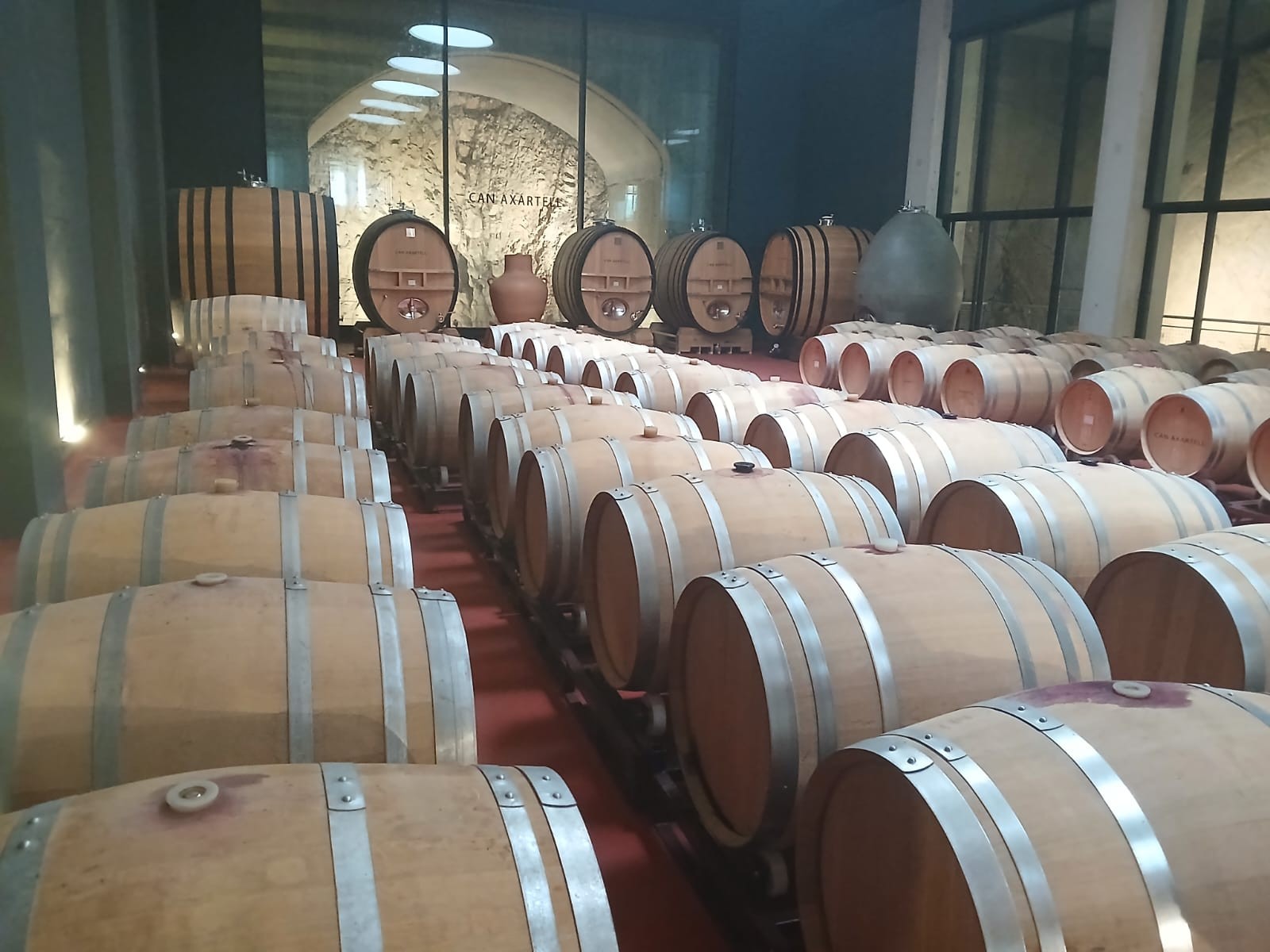
This five-star hotel has three hectares of native vines and collaborates with the nearby Can Axartell Winery to create its own range of organic wines. Produced under environmentally friendly criteria, these wines complete the hotel’s fine gastronomic offering
Finca Son Ametler (Serra de Tramuntana)
A rural boutique estate with its own organic vineyard, producing wines served directly to hotel guests. Wine tastings are available to visitors who can also participate in seasonal vineyard activities, such as harvesting.
